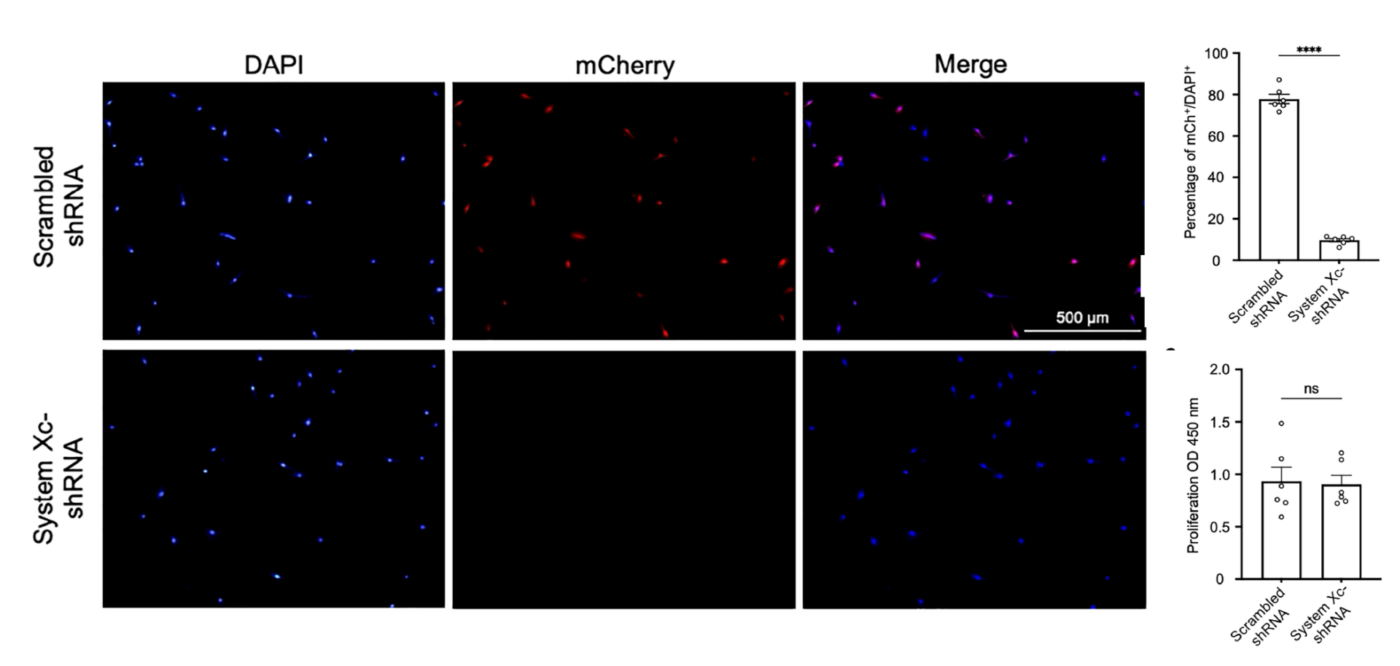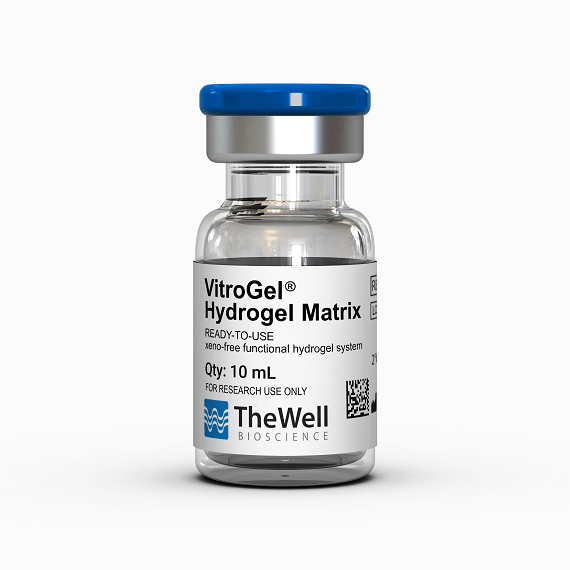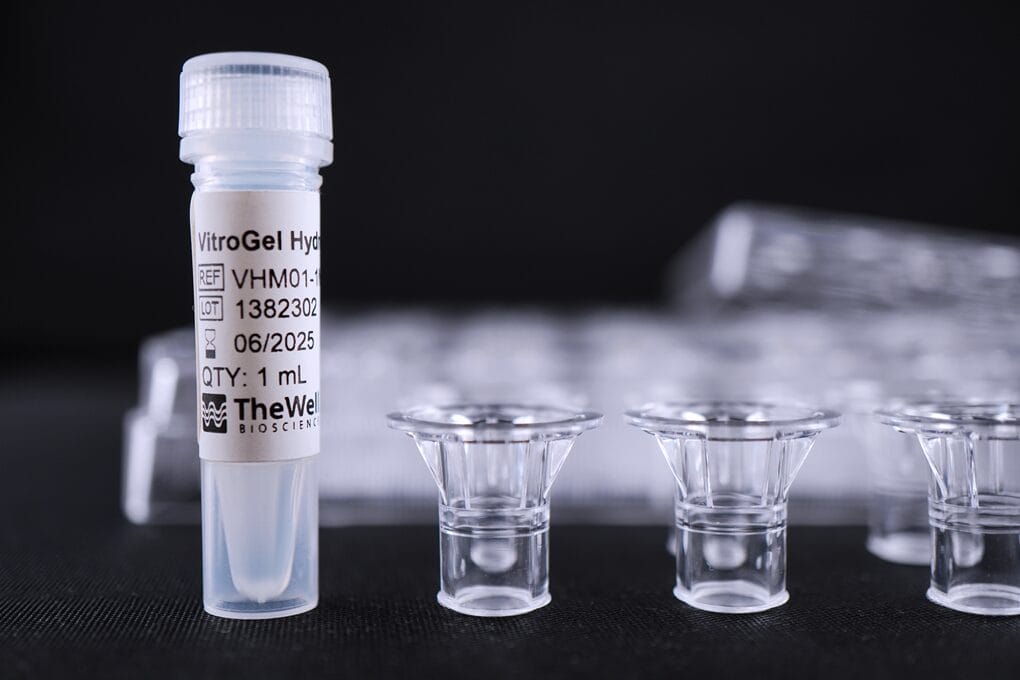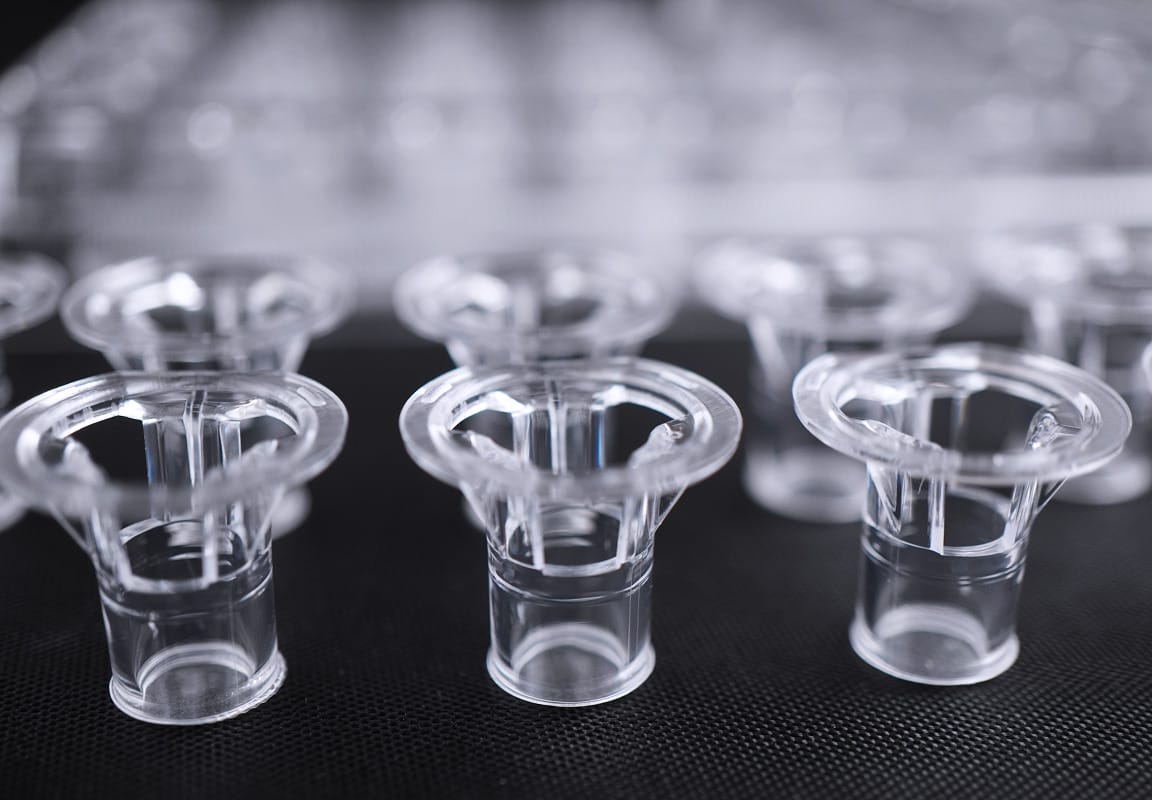Research Highlights
Targeting System Xc− : A Novel Approach to Inhibit Glioblastoma Invasion

VitroGel® Hydrogel Matrix provided a realistic three-dimensional environment for studying Glioblastoma invasion behavior.
Institution:
Department of Biological Science, Chungnam National University
Team:
Jiyoon Baik, Myunghoon Lee, Jae Hong Yoo, Ahyeon Jo, Kyung-Seok Han
Category:
3D Cell Models & Functional Assay
Subcategory/cell type:
Invasion assay/U-87MG Glioblastoma Cells
Hydrogel:
VitroGel® Hydrogel Matrix (Cat. No: VHM01)
Glioblastoma (GBM) is a highly aggressive brain cancer known for its invasive nature, which complicates treatment and worsens prognosis. A key factor in this invasion is the release of glutamate, facilitated by the system Xc− transporter. Without effective models to study this process, understanding and mitigating GBM invasion remains challenging.
In this study, Jiyoon and colleagues investigates the role of system Xc− in glioblastoma invasion, specifically how its inhibition affects glutamate release and subsequent cancer cell invasion. The study utilizes both pharmacological (sulfasalazine) and genetic (shRNA) approaches to target system Xc−, aiming to reduce GBM invasion without affecting cell proliferation or calcium response. In the study, VitroGel® Hydrogel Matrix was employed in invasion assays. U-87 MG glioblastoma cells were seeded on transwell plates embedded with this matrix. Our xeno-free bio-functional hydrogel matrix provides a 3D environment that mimics the extracellular matrix, allowing researchers to study cell invasion in conditions that closely resemble in vivo environments. VitroGel® Hydrogel Matrix helps create a more physiologically relevant environment for the cells, which is crucial for accurately assessing the invasive behavior of glioblastoma cells. By providing a structured medium, our xeno-free bio-functional hydrogel matrix allows for clear visualization and measurement of cell invasion, which is quantified using ImageJ software. This setup enables the comparison of invasion levels between treated and untreated cells, highlighting the effects of system Xc− inhibition on cell invasion.
The study successfully showed that targeting system Xc− can significantly reduce GBM invasion, with the VitroGel® Hydrogel Matrix being instrumental in achieving these results. By offering a realistic model for cell invasion, the hydrogel matrix not only helped solve the immediate research problem but also holds potential for future studies. Its ability to mimic the extracellular environment makes it a valuable tool for exploring other cancer types and therapeutic interventions, paving the way for advancements in cancer research and treatment strategies.




